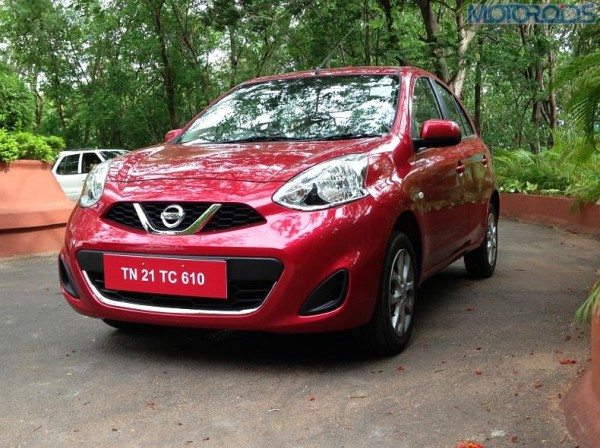This morning we were alerted to a possible Blackberry Messenger sighting in the Play Store, butupon closer inspection, it was immediately obvious that this app is beyond fake. The problem is it already has 100,000+ installs, it's been sitting in the Play Store since Friday, and Google hasn't done anything to remove the listing yet.
Update 6/23/13 4:25pm PT: The fake app has been taken down.
Distractions
I can see three big problems that are currently distracting unsuspecting users and making them ignore any other possible warning signs:
- The developer's name is RIM, which looks pretty damn official. There's a good number of users who probably haven't even heard the news of RIM getting renamed to Blackberry in January, so the thought of something as official-looking as RIM being fake doesn't even cross their minds.
- Once one opens the app, they're presented with a screen that says it's coming June 27th. "Oh, all we have to do is wait for it to spring to life in a few days," say innocent users everywhere who then go and rate it 5 stars. Why? Because logic, that's why. "And it hasn't done anything bad, might as well cheer for it while we wait."
- The 100k+ install base inspires confidence: "If so many people have already installed BBM, and Google hasn't removed it, the app must be real."



Warning signs
Now for all the warning signs that so many users ignored:
- The company name is Blackberry, not RIM. Seeing RIM 5 months after it was renamed should have raised a red flag.
- Multiple 1-star reviews calling out the app's legitimacy have been upvoted and floated to the top. Only to be ignored by many. Granted these reviews possibly weren't there yet when the majority of installs occurred.
- The app asks you to wait for 4 days. What official app would launch and then display a screen like that and do nothing else?
- The program's package name, also known as pname, is uber suspicious: com.ura.uraap. The official BBM app will more than likely be something like bbm.blackberry and not some randomura.
- Blackberry said June 27th wasn't even an accurate launch date.
- There are only two screenshots, which is the minimum the Play Store allows, and the second is the same as the first. There's no way any self-respecting company would have let something like this happen.
- And finally - the StartApp screen that masks itself as the BBM License Agreement. This is why you read before you hit Accept, folks. StartApp is the annoying advertising network that adds icons to your homescreen, bookmarks to your browser, and changes the browser's homepage to whatever it wants:

You know what to do.
Thanks to Sergio Ramos for the original tip.





















